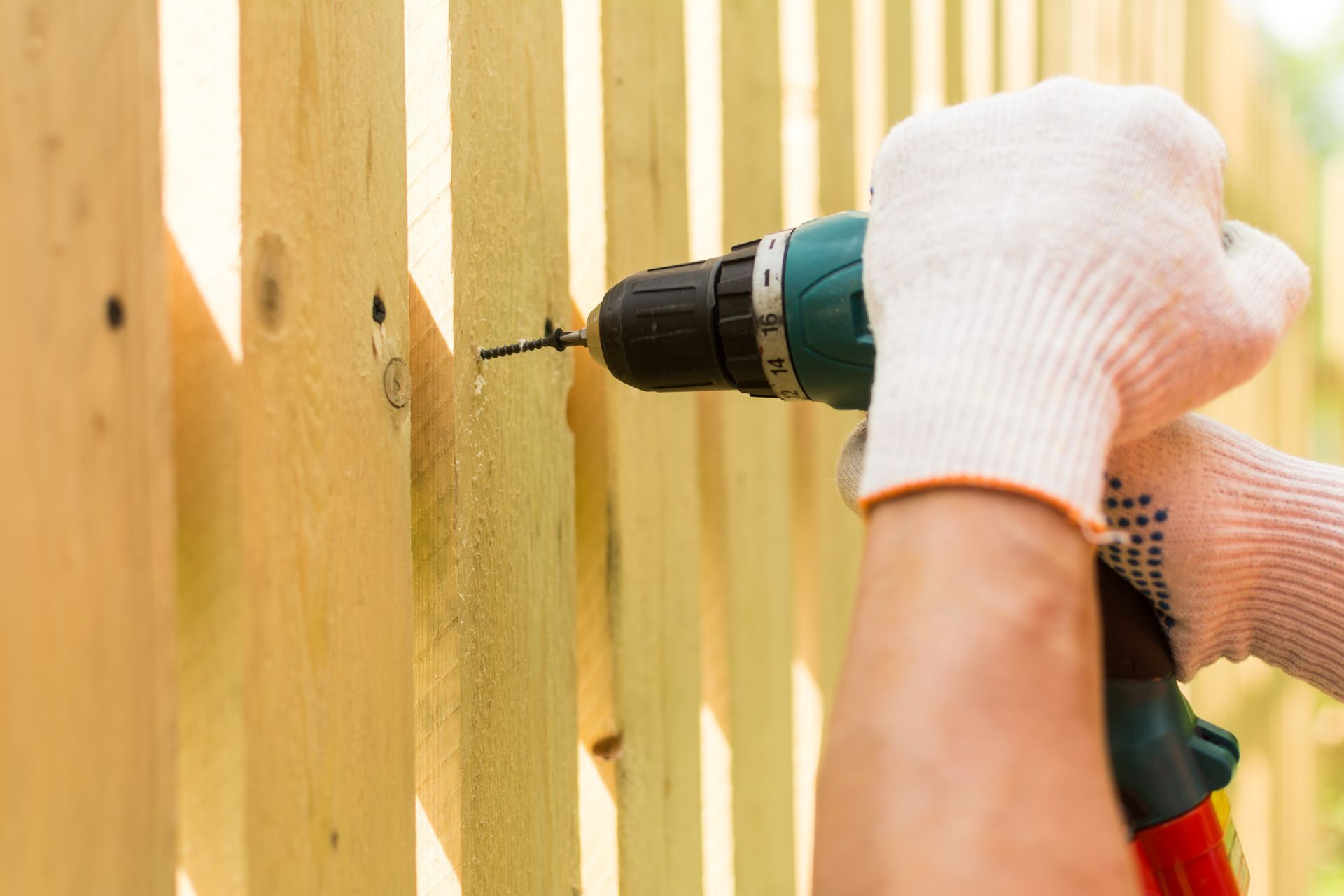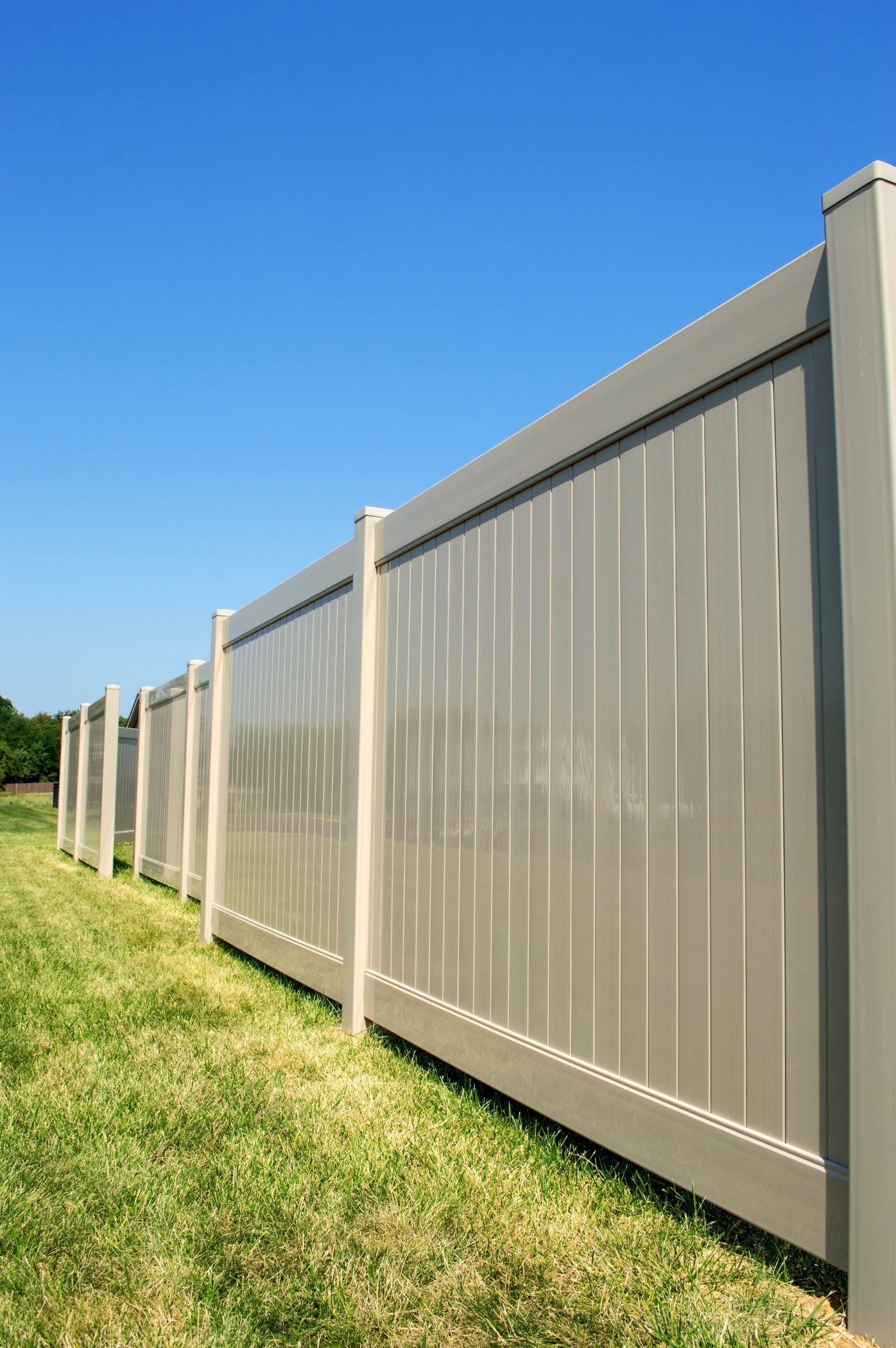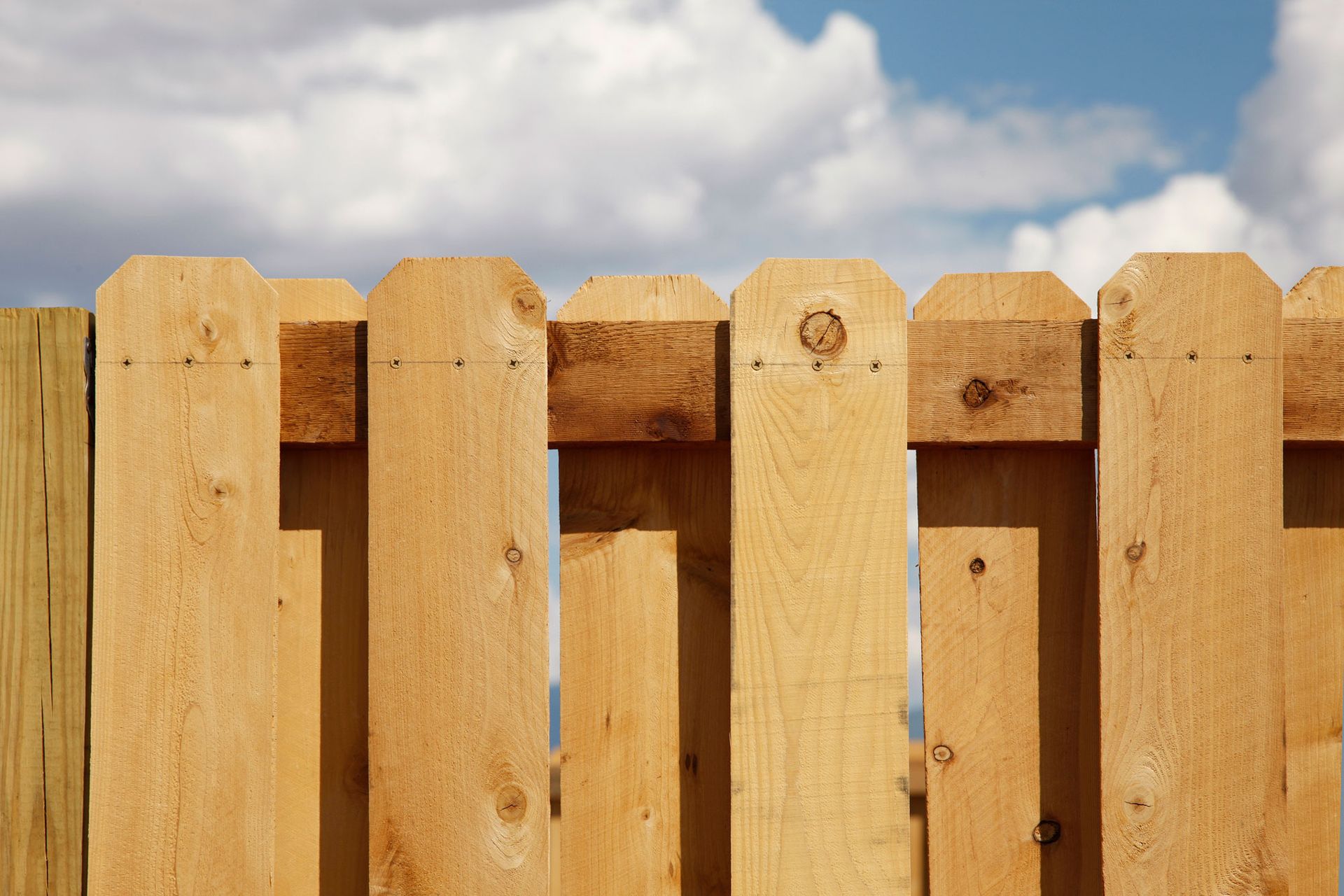SERVING MONTGOMERY, BUCKS & SURROUNDING AREAS
Call Us Today! 215-643-7490
SERVING MONTGOMERY, BUCKS & SURROUNDING AREAS
Call Us Today! 215-643-7490
FENCE "POST" BLOG
YEAR ROUND
(A Poem by MainStreet Fence)
At MainStreet Fence, we work, day and night.
Through summer’s heat and winter’s cold bite.
Installing fences sturdy and tall, securing tranquility for one and all
With every swing of a hammer, is a symphony of sound, now the posts are set in the ground.
The fence takes shape adding beauty anew, Enhancing homes for all to view.
For reliable service that knows no bounds, Choose MainStreet Fence all year round.
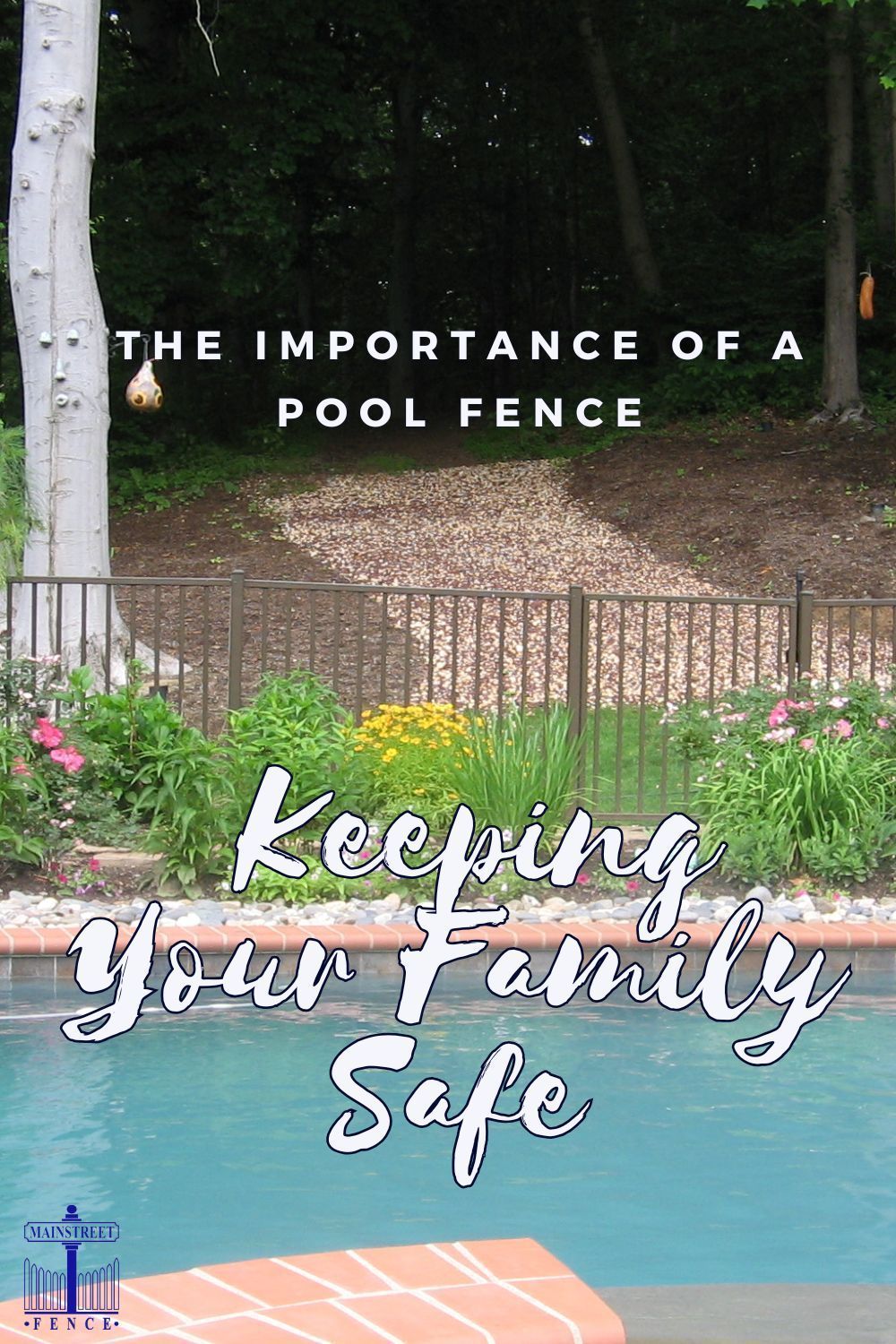
February 10, 2025
As the spring approaches, many families look forward to enjoying their pools. Whether you have a large backyard oasis or a cozy inflatable pool, water fun is an integral part of summer. However, with the joys of pool ownership comes the responsibility of ensuring safety, especially if you have children or pets. One of the most effective ways to enhance pool safety is by installing a sturdy pool fence. At MainStreet Fence, we understand the importance of pool safety, and we are here to highlight why a pool fence should be a priority for every pool owner.

December 28, 2024
Enhancing Your Outdoor Living Space with a Beautiful Fence When it comes to creating the perfect outdoor living space, many homeowners focus on furnishings, landscaping, and décor. However, one often-overlooked element that can significantly enhance your outdoor area is a well-designed fence. At MainStreet Fence, we believe that a fence is not just a boundary; it’s a vital component of your outdoor oasis. Here’s how a fence can transform and elevate your outdoor living space.
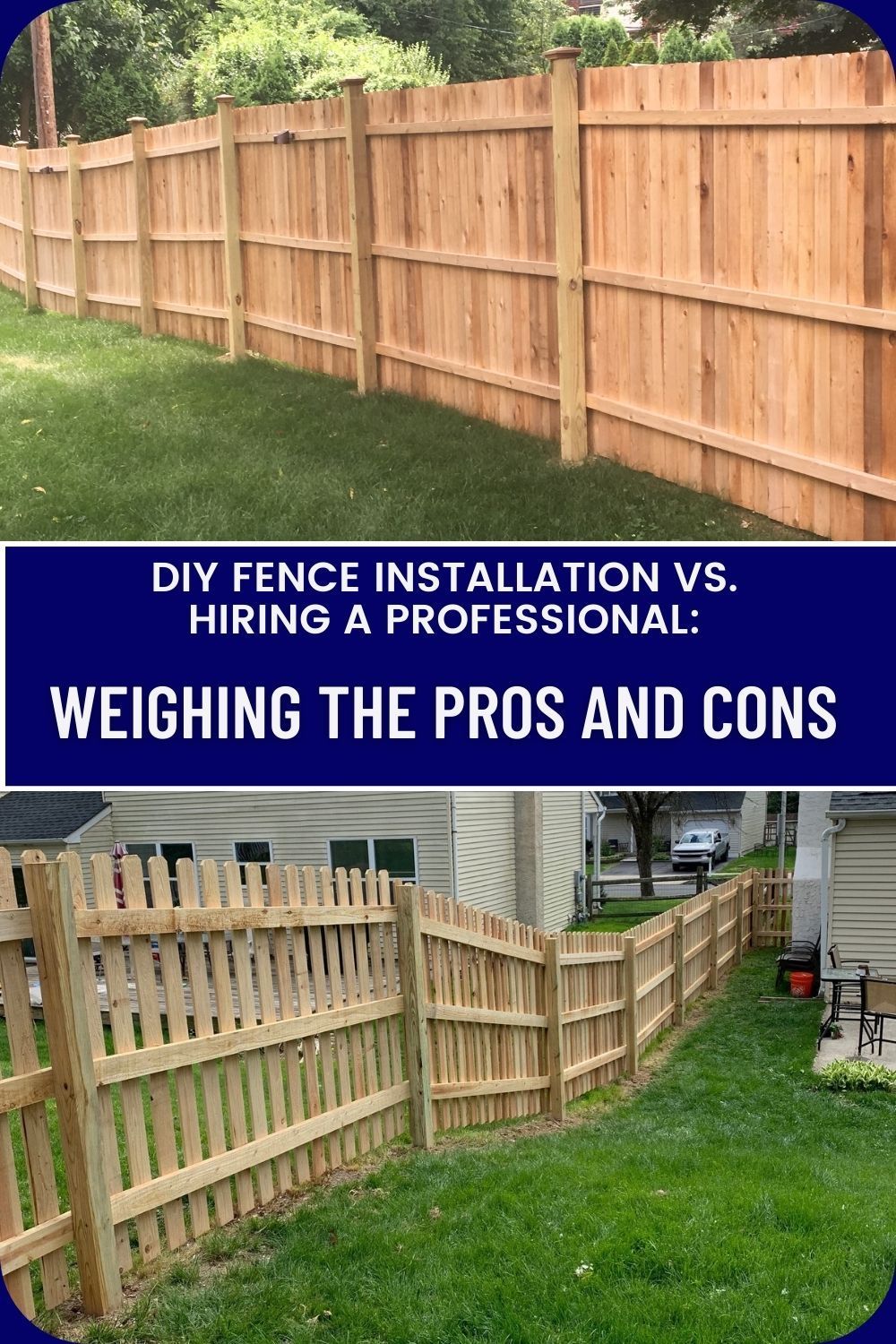
October 15, 2024
Deciding to install a fence is an exciting step in enhancing your property, providing privacy, and defining your outdoor space. However, one of the first decisions you’ll face is whether to tackle the installation yourself or hire a professional fence installer. At MainStreet Fence, we understand that this choice can be daunting, so we’ve broken down the pros and cons of both approaches to help you make an informed decision.
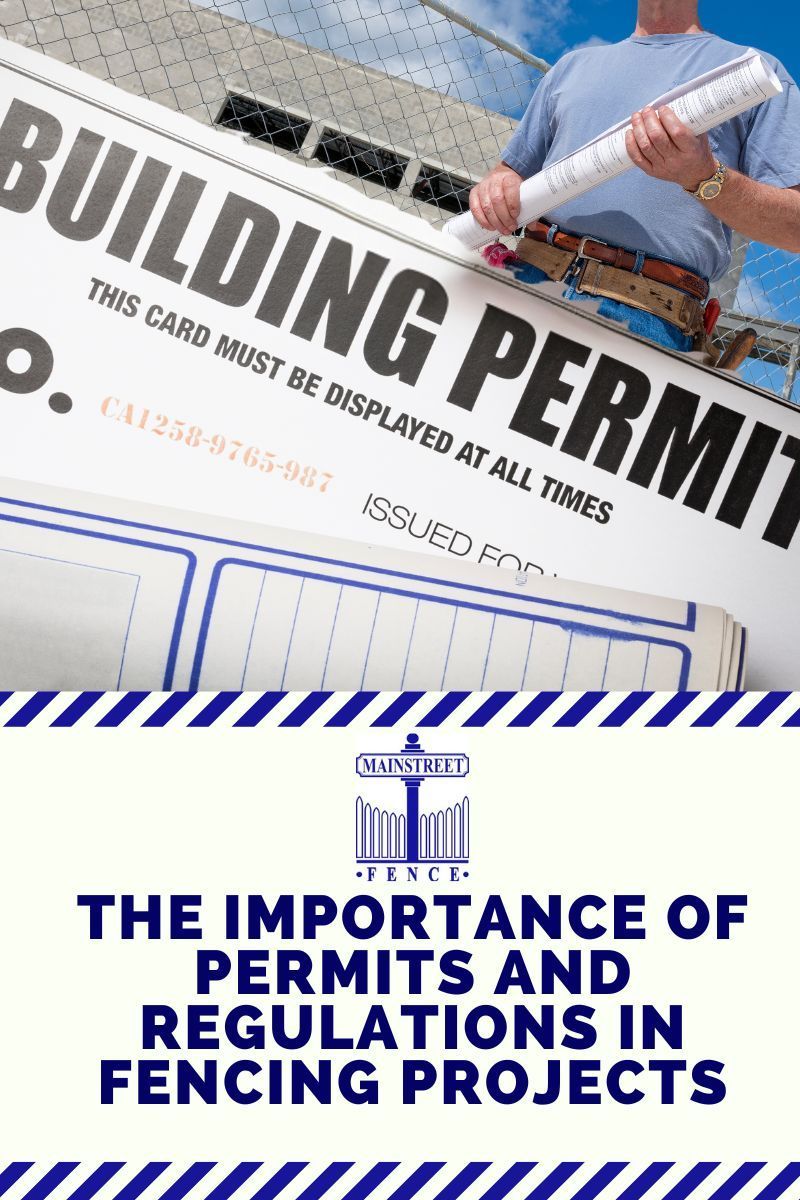
October 7, 2024
When considering a new fence for your property, it’s easy to get caught up in the excitement of design, materials, and installation. However, one crucial aspect often overlooked is the importance of permits and regulations. Understanding and adhering to these guidelines is essential for a successful fencing project. Here’s why permits and regulations matter and how they can impact your fencing endeavor.
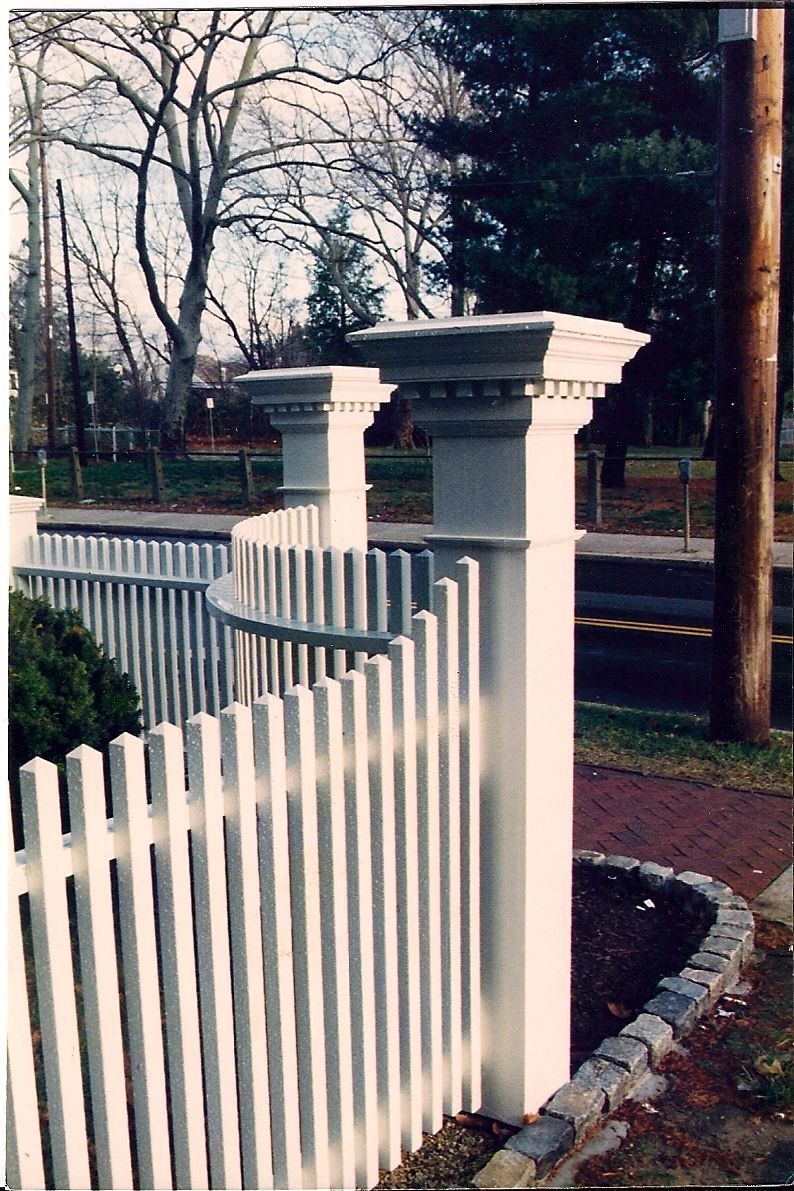
July 25, 2024
Fences are essential for providing security, privacy, and aesthetic appeal to your property. However, like any structure, fences can experience various issues over time that may compromise their functionality and appearance. In this blog post, we will discuss the six most common fence problems and provide tips on how to prevent them.
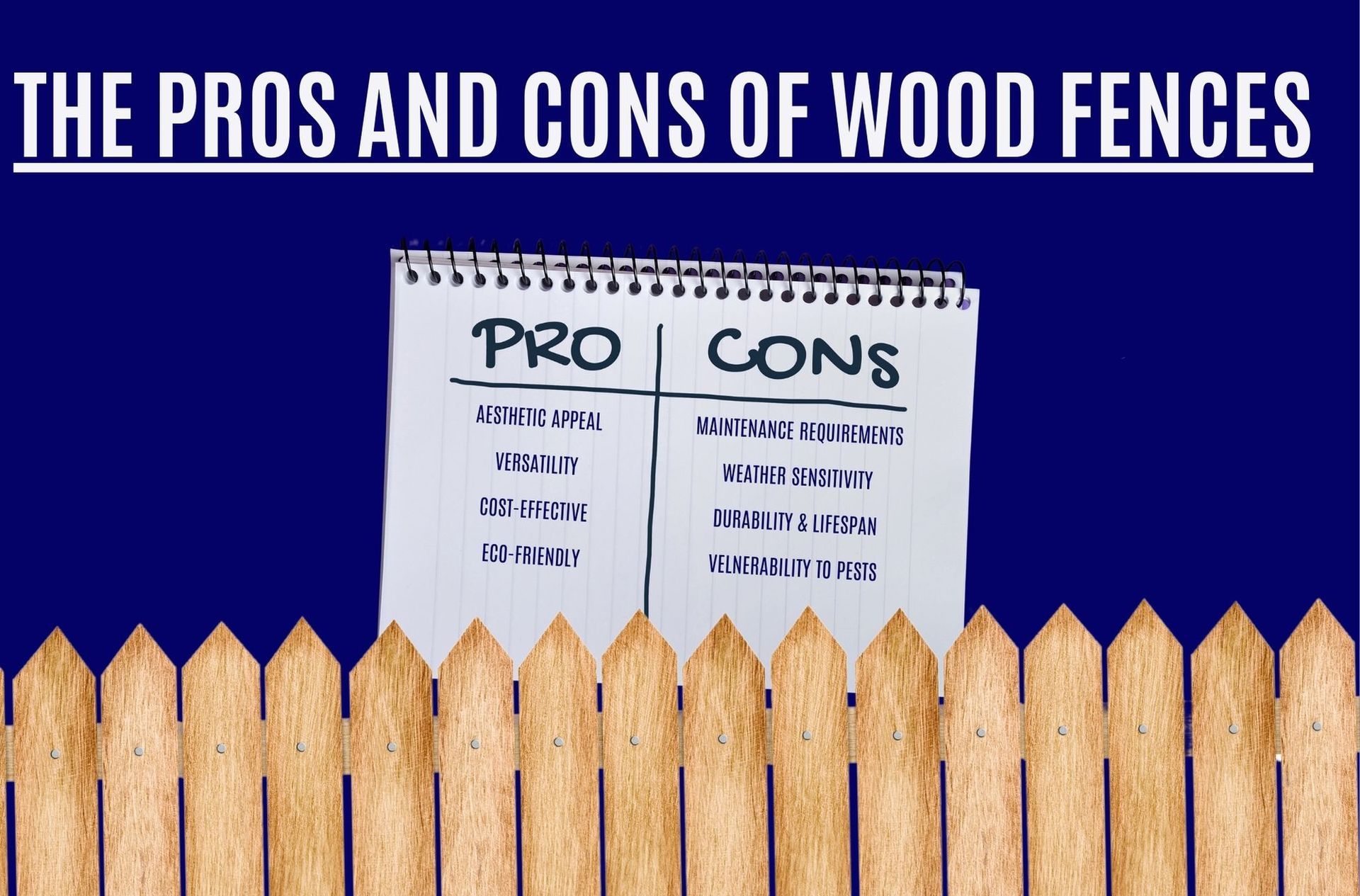
March 20, 2024
When it comes to selecting the right fence for your property, an array of options exists. Among them, wood fences continue to be a popular choice for homeowners and businesses alike. Wood fences offer a classic and timeless appeal, along with a host of benefits. However, like any fencing material, wood has its own set of advantages and disadvantages. In this blog, we will explore the pros and cons of wood fences to help you make an informed decision for your property. Pros of Wood Fences: 1. Aesthetic Appeal: One of the primary reasons homeowners opt for wood fences is their natural beauty and charm. Wood fences can enhance the overall curb appeal of your property, complementing various architectural styles. They offer a warm, rustic feel that blends seamlessly with nature and can be painted or stained to match your home's exterior. 2. Versatility: Wood fences come in a wide range of styles, from classic picket to privacy and board-on-board designs. This versatility allows you to choose a fence that suits your specific needs and preferences. Depending on the style chosen, wood fences can provide varying levels of privacy and security. 3. Cost-Effective: Compared to other fencing materials like wrought iron or vinyl, wood fences tend to be more affordable. Wood is readily available and generally costs less to purchase and install. Additionally, wood fences are relatively easy to repair or replace compared to other materials, making maintenance costs lower in the long run. 4. Eco-Friendly: Wood is a renewable and sustainable material, making it an eco-friendly choice for environmentally conscious homeowners. Unlike materials that require energy-intensive manufacturing processes, wood fences have a smaller carbon footprint. Cons of Wood Fences: 1. Maintenance Requirements: One of the primary downsides of wood fences is their maintenance needs. Wood is susceptible to decay, rot, and insect damage over time. Regular maintenance such as staining or painting, sealing, and treating with wood preservatives is necessary to protect the wood and extend its lifespan. 2. Weather Sensitivity: Wood is sensitive to moisture and changes in weather conditions. Exposure to excessive moisture, rain, or extreme temperature fluctuations can cause the wood to warp, crack, or splinter. Areas with high humidity levels or heavy rainfall may require more frequent maintenance to keep the fence in good condition. 3. Durability and Lifespan: Compared to other fencing materials like wrought iron or vinyl, wood fences have a shorter lifespan. While proper maintenance can extend their life, eventually, wood fences will require replacement. In regions with harsh climates, the durability of a wood fence may be shorter compared to alternative materials. 4. Vulnerability to Pests: Wood fences can attract pests such as termites, ants, or wood-boring insects, which can cause significant damage if left unchecked. Regular inspections and preventative measures are necessary to address potential pest issues promptly. Wood fences offer a timeless and natural aesthetic that can enhance the beauty of any property. Their affordability, versatility, and eco-friendly nature make them a popular choice among homeowners. However, the maintenance requirements, susceptibility to weather conditions, and vulnerability to pests are aspects that should be carefully considered before opting for a wood fence. By weighing the pros and cons, you can make an informed decision and choose the right fencing material to meet your specific needs.
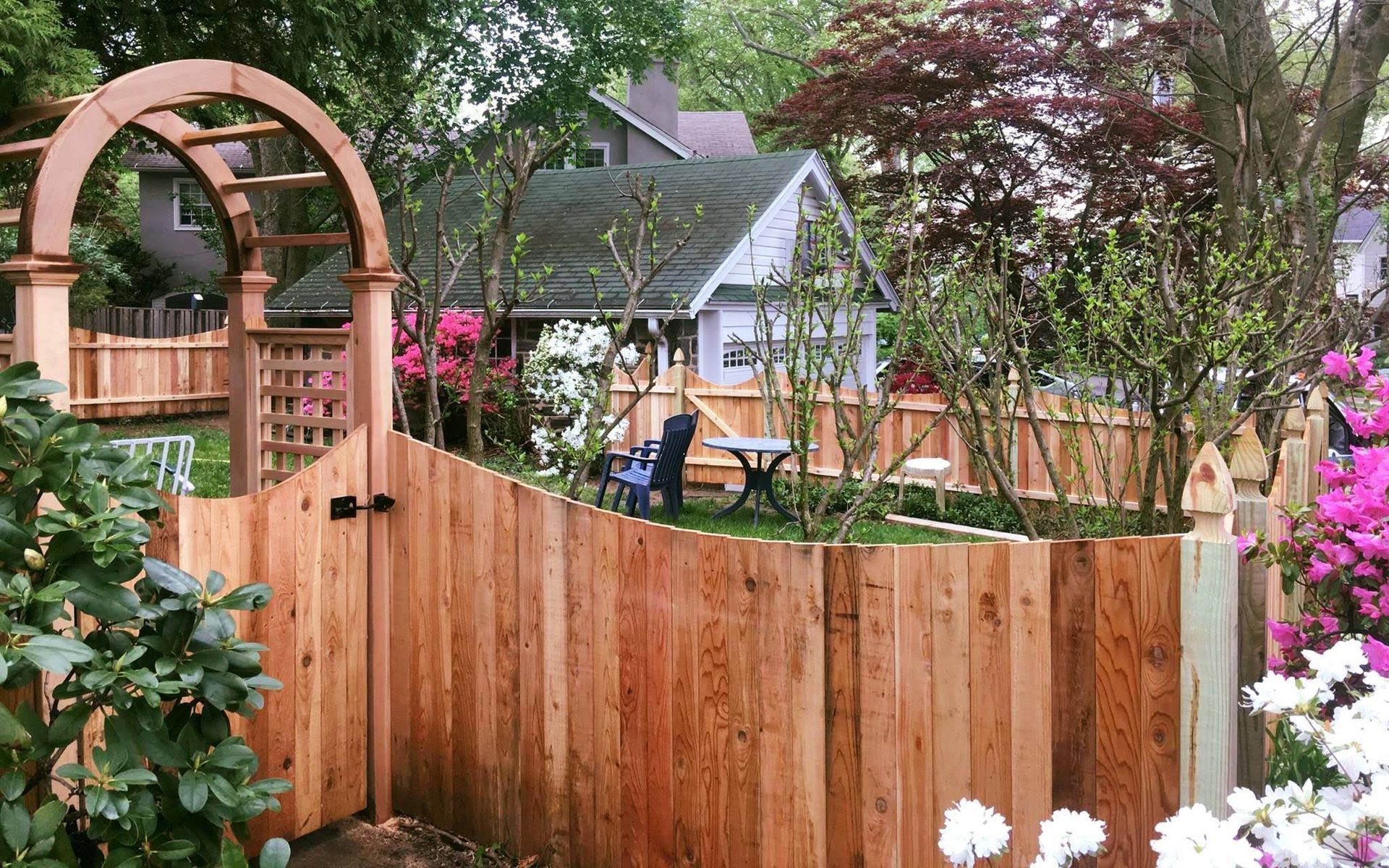
February 13, 2024
Spring is just around the corner, and if you're considering installing a new fence, now is the perfect time to start planning. A fence not only enhances the aesthetic appeal of your property but also provides security, privacy, and separates your space from the outside world. However, embarking on a fence installation project requires careful planning to ensure success. In this blog post, we will guide you through the essential steps to plan your fence installation project before the arrival of spring. 1. Determine the Purpose and Type of Fence: Before starting your project, clearly define the purpose of your fence. Are you looking to create privacy, enhance security, or simply add curb appeal? This will help you choose the right type of fence that suits your needs. Whether it's a wooden fence, chain-link, vinyl, or something else, exploring different options and consulting with professionals will ensure you make an informed decision. 2. Understand Local Building Codes: Every municipality has specific regulations and guidelines for fence installations. Check with your local authorities, homeowner's association, or neighborhood committees to find out about any restrictions, permit requirements, and setback rules that may affect your project. Adhering to these regulations will save you from potential headaches and ensure a smooth installation process. 3. Set a Realistic Budget: Establishing a budget is crucial before proceeding with any home improvement project, including fence installation. Consider material costs, labor fees if you're hiring a professional, potential maintenance expenses, and any additional features you might want to include, such as gates or decorative elements. Researching the average costs and obtaining quotes from different contractors will help you set a realistic budget. 4. Measure Your Property: Accurate measurements are essential to determine the amount of fencing material needed. Take precise measurements of your property's perimeter, accounting for any slopes or irregularities. Mark any underground utilities or obstacles that could affect the installation process. These measurements will be crucial when discussing your project with contractors or purchasing materials. 5. Research Contractors: Unless you plan to install the fence yourself, hiring a reputable and experienced contractor is vital. Ask friends, family, and neighbors for recommendations or search online for local contractors who specialize in fence installations. Read customer reviews, check portfolios, and request quotes from multiple contractors to compare their rates, services, and timelines. 6. Consider Maintenance and Longevity: Different types of fences require varying maintenance levels. Consider your lifestyle, available time, and willingness to invest in upkeep. For instance, wood fences might require staining or painting, while vinyl or metal fences generally require less maintenance. Additionally, consider the durability and longevity of materials to ensure your investment stands the test of time. 7. Plan for Landscaping: If you plan to incorporate landscaping elements around your new fence, it's essential to plan and execute them accordingly. Consult with a landscape designer or architect to create a cohesive look and ensure that plants, shrubs, or trees won't interfere with the fence's installation or maintenance. Proper planning is key to a successful fence installation project before the arrival of spring. By determining your purpose, understanding local regulations, setting a budget, measuring your property, researching contractors, considering maintenance, and planning for landscaping, you'll be well-prepared to embark on your fence installation journey. Remember to take your time, weigh all the factors, and consult with professionals to make informed decisions that best suit your needs and enhance your property. Spring will be here before you know it – so start planning now!
Contact Information
Business Hours
- Mon - Fri
- -
- Sat - Sun
- Closed




Content, including images, displayed on this website is protected by copyright laws. Downloading, republication, retransmission or reproduction of content on this website is strictly prohibited. Terms of Use
| Privacy Policy

